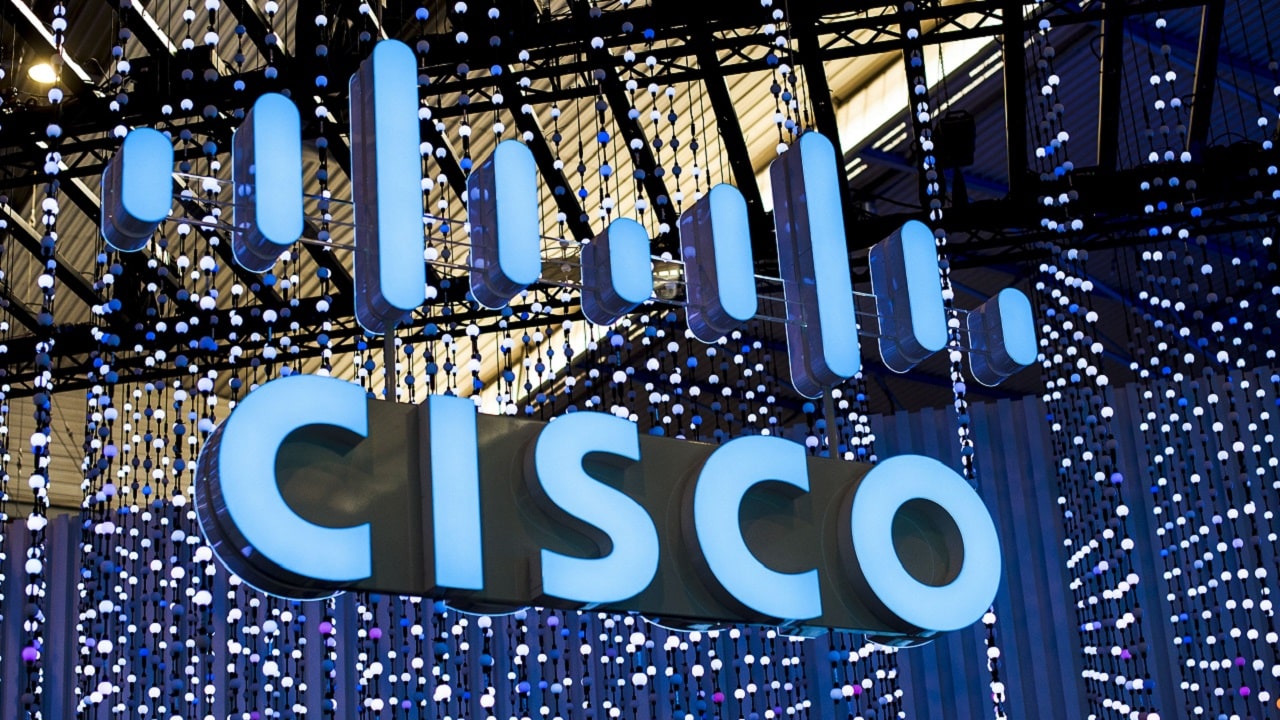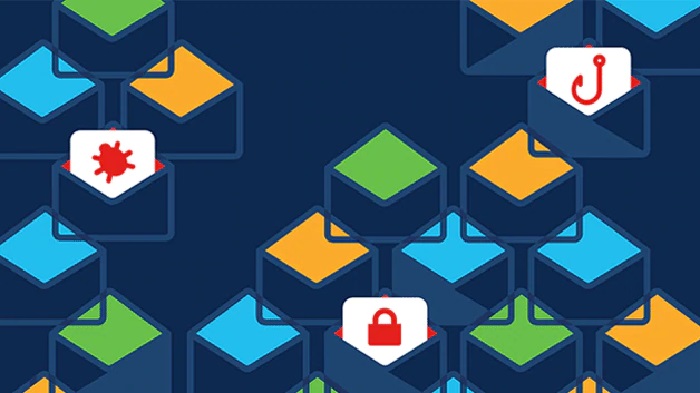
October is the month of cybersecurity e Cisco wants to emphasize the importance of safety culture by publishing a guide on ransomware. An increasingly well-known and known phenomenon due to the many attacks suffered. But many users still don’t know how to defend themselves.
The Cisco Cybersecurity Ransomware Guide October
Cisco starts with definitions: what is ransomware? “Ransomware is a type of malicious software (malware) that encrypts the victim’s data: to be able to access the stolen data again asked for a ransom“. The company explains that hackers often ask for ransoms in cryptocurrencies, to avoid being tracked. The value can vary from a few hundred to millions of euros. Cisco Talos explains that they often attack sectors like Tand communicationsIeducationSanity e Public administration.
The main attack vectors, the methods cybercriminals use to install ransomware on your device, are:
- Il phishing via e-mail, posing as good companies with bogus addresses
- Il malvertisingmade up of malicious advertisements (which you must not click!)
- Il social engineeringi.e. a scam to convince you to take actions that allow access (for example, resetting a password or installing a program)
- The exploit kitwhich find vulnerabilities in your devices or systems

6 tips to defend yourself
Cisco lists six ways to protect yourself from ransomware:
- Prevent infiltration, blocking suspicious websites, emails and attachments through a multi-layered security approach
- Monitor the activities of the company network, by choosing a cybersecurity solution that combines all information, analysis and responsiveness in one place
- Knowing the enemy through threat intelligence, using platforms such as Cisco Talos. A team of 350 professionals including researchers, analysts, engineers, developers and linguists who are able to control about 2% of world traffic, more than anyone else in the world.
- Regularly update the software used, to prevent hackers from exploiting flaws that have already been solved
- Take advantage of backup and store them offline so they can’t be found. Then you need to create a recovery plan to not waste time (which, as always, is money)
- Training: most attacks exploit human error
Finally, Cisco reports that the security experts on their team (and even government ones) advise against paying ransoms. In fact, you need to know that criminals often do not restore data immediately but ask for other ransoms, creating a visual cycle.
To learn more, we recommend that you visit the cybersecurity site of the month and also that of Cisco.














Leave a Reply
View Comments